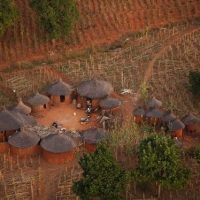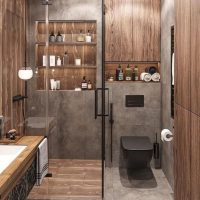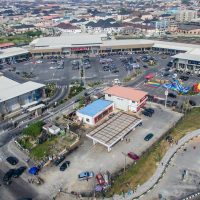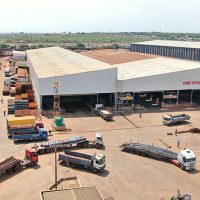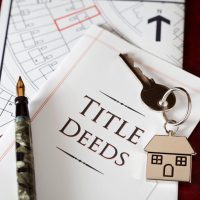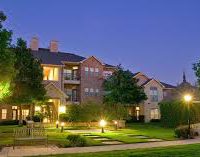Building materials play a vital role in ensuring housing affordability. With increasing climate change concerns, it has become imperative to focus on sustainability while discovering affordable options for housing the low and middle-income earners. Ghana is currently experiencing a spike in inflation, leading to an increase in the prices of building materials. This has crippled various interventions to consider low and middle-income housing.

The situation necessitates a revisit of the abandoned art of old building construction with mud in exploring affordable options for housing.
Considering that ancient African architecture adopts the use of locally available building materials which substantially cuts down construction costs, the relevance of re-engineering these building types to fit the modern architectural context cannot be overemphasized.
Sadly, a project visit to rural towns revealed how this ancient art is being lost.Some common types of traditional mud construction in Ghana include Mud Swish/Atakpamé, Landcrete, and Wattle and Daub buildings.
Landcrete
It is made by combining laterite, a type of soil that forms 70% of the land surface of the country with mortar or mud and cement as its binding agent (Mustapha and Akani, 2013). It is typically considered a direct alternative to sandcrete blocks in rural towns albeit the latter is “more durable than landcrete blocks in compressive strength, density, permeability as well as porosity”(Mustapha and Akani, 2013). Nonetheless, landcrete buildings can stay longer with periodic maintenance.

Mud Swish/Atakpamé
Named after a town in South-Central Togo, it’s a building type of mud and water, kneaded using bare feet, then formed into 200 mm diameter balls and mounted onto a 600 mm rectangle wall course that the builder had marked out with pegs and a rope (Essienyi, 2012). The walls are generally built to a thickness of about 300mm which is twice that of the usual sandcrete block, 150mm. The walls can be rendered with mortar and painted to give them a good look to suit modern architectural context. Atakpamé buildings can stay much longer around the same age as sandcrete blocks or even more.

Wattle and Daub
As the name suggests, it is a mud construction type with the mud as daub and timber members serving as mat reinforcement called the wattle. The wattle framework of horizontal and vertical timber members and the roof are set out before the mud balls are compressed onto the framework and it is generally built to a wall thickness of 150mm – 200 mm (Essienyi, 2012) – just about the thickness of a sandcrete block.

Over the years, the construction types have been neglected in a bid to adopt modern architecture. While adopting modern architecture seems good, it is befitting to enhance our heritage.
Government’s Participation
Though initial attempts to promote the use of locally available materials in construction may face some resistance due to perceptions about the quality and durability of these materials, the onus lies on the government to discover innovative ways of re-engineering ancient building arts to suit modern standards. This would significantly contribute towards increasing sustainable affordable housing for the country’s low- and middle-income earners. As the case is in Rwanda where the government is investing in mud brick houses which are locally known as “rukarakara” for low and middle-income households. A similar project can be undertaken by the Ghanaian government to reduce the housing deficit in the country.
REFERENCES
Essienyi, E. (2012). Traditional Building Methods in Southern Ghana. Affordable Housing Institute. Available at: Traditional building methods in Southern Ghana | Affordable Housing Institute – Global Blog (wordpress.com)(Accessed on 30/10/2023).
Mustapha, Z. and Akani, M. (2013). Earthen Construction, as a Solution to Building Industries in Ghana. Journal of Economics and Sustainable Development (ISSN 2222-2855) Vol. 4, No. 3
ABOUT THE AUTHOR
 Dennis is a real estate expert with over 4 years experience in the areas of land administration and property valuation. He presently works with Newmont Corporation as a Community Valuer. He is a professional member of the Ghana Institution of Surveyors and holds a bachelor’s degree in Land Economy.
Dennis is a real estate expert with over 4 years experience in the areas of land administration and property valuation. He presently works with Newmont Corporation as a Community Valuer. He is a professional member of the Ghana Institution of Surveyors and holds a bachelor’s degree in Land Economy.
Twitter: @ONdennisjnr
Instagram: @lima_magic
LinkedIn: Dennis Owusu Nimoh



